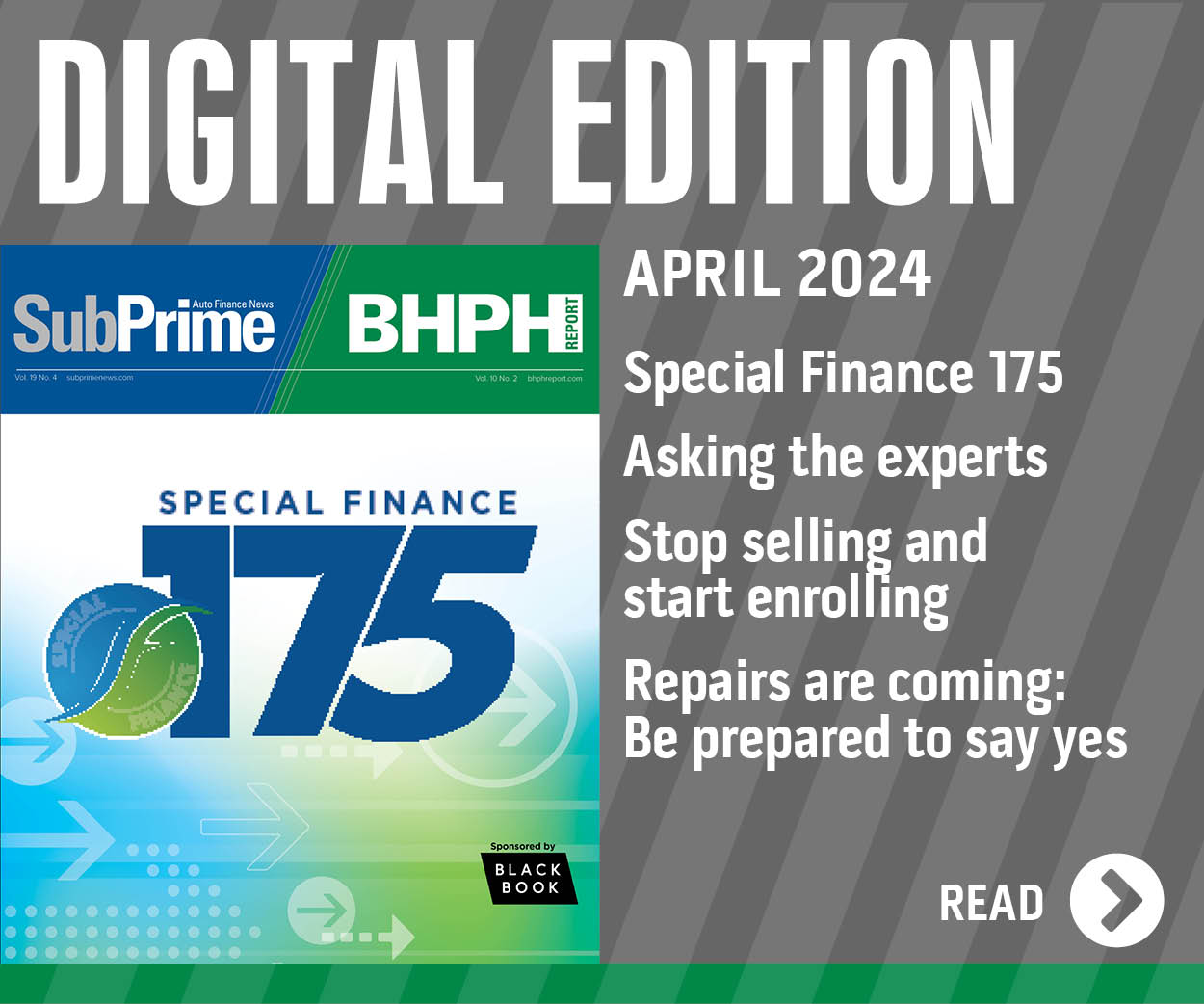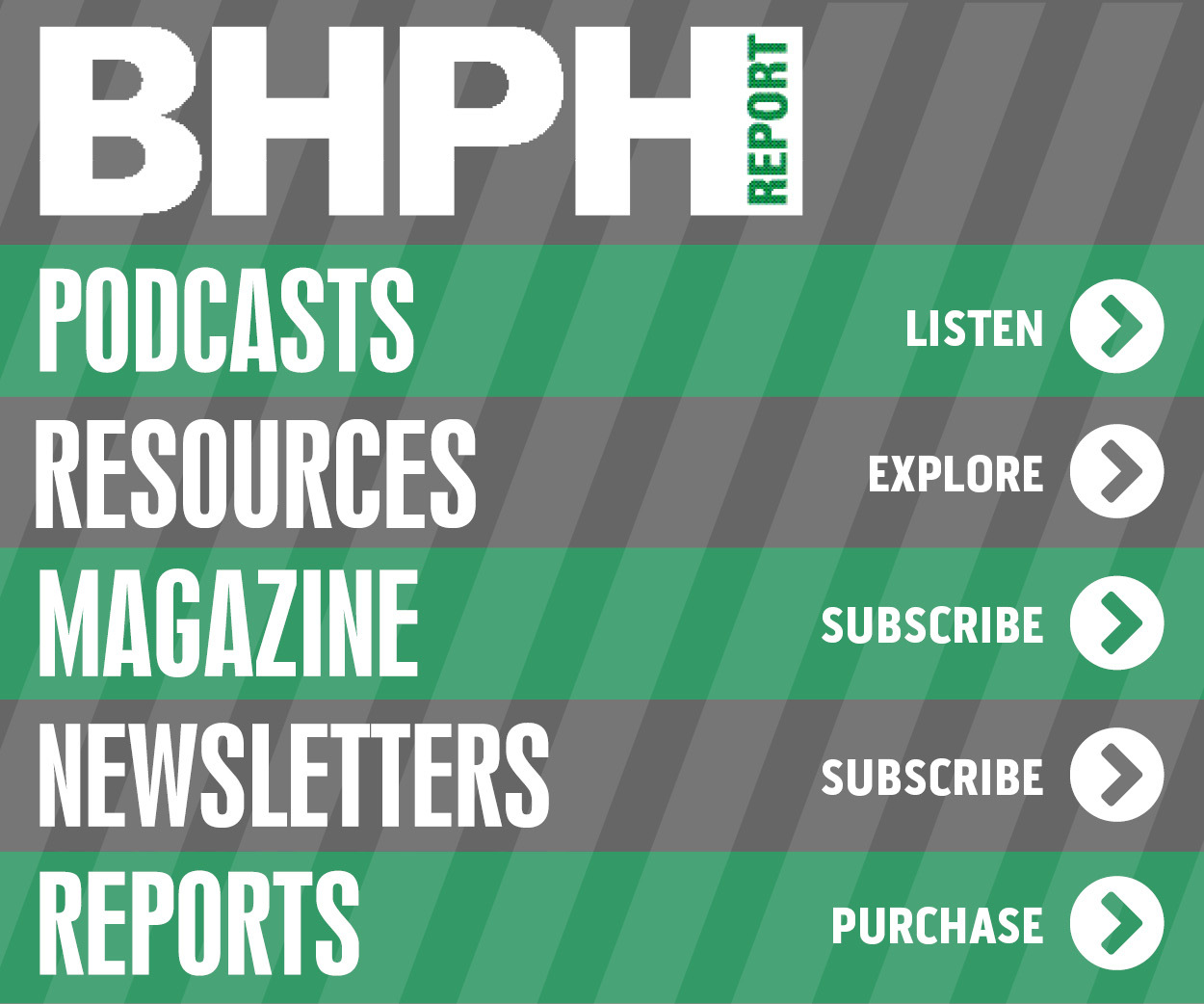Daughtry: Let’s Take A Few Moments To Review

So how was February? I hope you had a busy tax season. I have heard varying reports from around the country, ranging from it was “OK” to “we couldn’t keep up.”
There are so many factors that play a role, from the market you are in and inventory you could get, to the weather. It is hard to say why dealers had different experiences.
The question now is how many of those contracts are going to default? As mentioned above, there are many factors that differ from dealer to dealer as to why the loss ratio will vary widely.
I have spoken with dealers over the last few years who still counted on the first quarter to account for 40 percent or more of their annual sales. I do not know if that is prudent in today’s business climate, but if you had a large spike in sales, good for you!
The Attraction of Big Down Payments
That leads to what I have heard often: “We had customers with $2,500 to $4,000 down, and they are riding.”
If your underwriting goes out the window because the bright shining light of big down payments are coming in, then you could be in store for a tough second quarter. Now is a good time to go through all those fresh sales and see how many of them made sense without a big down payment.
Did your people stick to your guidelines for approvals, verification and payment ratios? In my last operation (a single-point store), I was involved in many of the underwriting decisions and even started tightening up the guidelines during the first quarter.
We tried to get the refund money to satisfy existing loans or sell cheap cash cars. When we looked at new loans, it would be as if the customer didn’t have any down money.
A Different Approach
I suggest having someone, other than your usual underwriter, take a close look at the new business with the intention of identifying riskier than usual loans. The money the customer had has run out (probably the day you delivered them) and now the struggle has begun.
The “new” of that vehicle has worn off, and the insurance is coming due again. I would look for income issues, bigger than usual payments, lack of stability and other deals that strayed away from your standard guidelines and highlight those deals to your collections team.
I know some of you have a business model where repossessing half of the vehicles you sell are included in your plan. If you had a first-quarter sales increase of 40 percent above your typical sales during quarters two through four that is great, unless you repossess more than half of them before quarter three because the customer cannot afford the vehicle or doesn’t really want it.
I always hated hearing, “You made me buy this car. This isn’t what I really wanted.” I advocate pushing for proactive actions over reacting when it’s too late.
Managing by stomping out fires isn’t the best method. A little time now reviewing your latest business might help you spot trouble and get ahead of a tidal wave of bad loans.
Keep Watch of Compliance
On another topic, but similar, do you have a compliance plan in place?
You really need to put together a standard set of procedures for each task in your operation and write it down. Identify each task performed in your business and who performs that task.
Task examples are:
• Taking the credit application
• Appraising a trade-in
• Negotiating the deal
• Verification of employment
• Here are more compliance questions your plan should answer:
• How do you take a cash payment or a debit card payment?
• When do you call delinquent accounts?
• What is allowed to be discussed, and what is not?
• When do you repossess or charge off?
One key to having good procedures is making sure that in each task written you have included the compliance regulation(s) that speak to that task. ECOA, FCRA, FDCPA, GLBA, Safeguard Rules, Red Flags, Risk Based Pricing, TCPA and the rest of the alphabet soup of regulations.
Basically, don’t share customer information with the wrong people. Protect the privacy of your customers. Don’t use the old methods of collections without understanding the regulations (and be over cautious).
Be very consistent, customer after customer, in all the decisions you make from pricing, underwriting, collections, repossessions and recovery.
The other key is to make sure that whatever is written as your procedures is exactly what your people are doing! Do not let an auditor ask your employee(s) about a process and have an employee say something different than what you gave the auditor in writing.
Getting More Information
Here it is in three words: Train, train, train.
There are so many ways you can get the information you need to establish your compliance program and basic written procedures from the National Alliance of Buy-Here, Pay-Here Dealers to National Automotive Finance Association.
There are webinars available from Compli and ACA International.
Look up and participate in your state’s dealer association or the National Independent Automobile Dealers Association.
If you want to get compliant, there are resources that do not cost much.
Until Dodd-Frank is repealed or majorly reformed, you need to take the Consumer Financial Protection Bureau and your state attorney general seriously.
Gene Daughtry is an experienced trainer and consultant specializing in BHPH/LHPH dealership operations. Daughtry now is director of BHPH operations for PLS Financial and has begun a multistate project of building new BHPH dealerships in several states. He has 17 years of BHPH experience. If you would like a “how to manual” on starting up and operating a BHPH dealership check out www.dealers411.net and get a copy of his book, BHPH 101 Plus. You can reach Daughtry at gene@dealers411.net or (479) 970-4049.

 View The Latest Edition
View The Latest Edition

